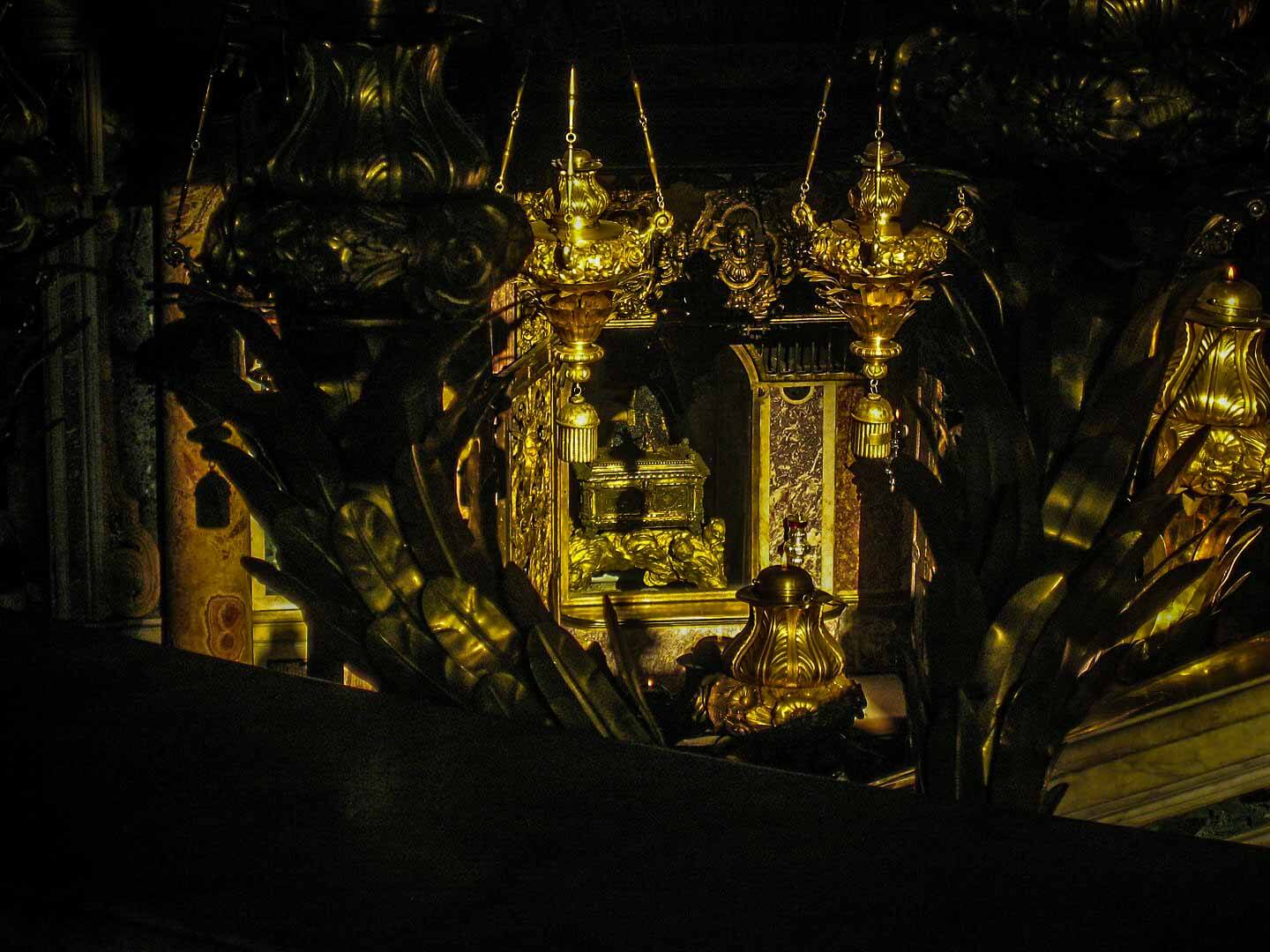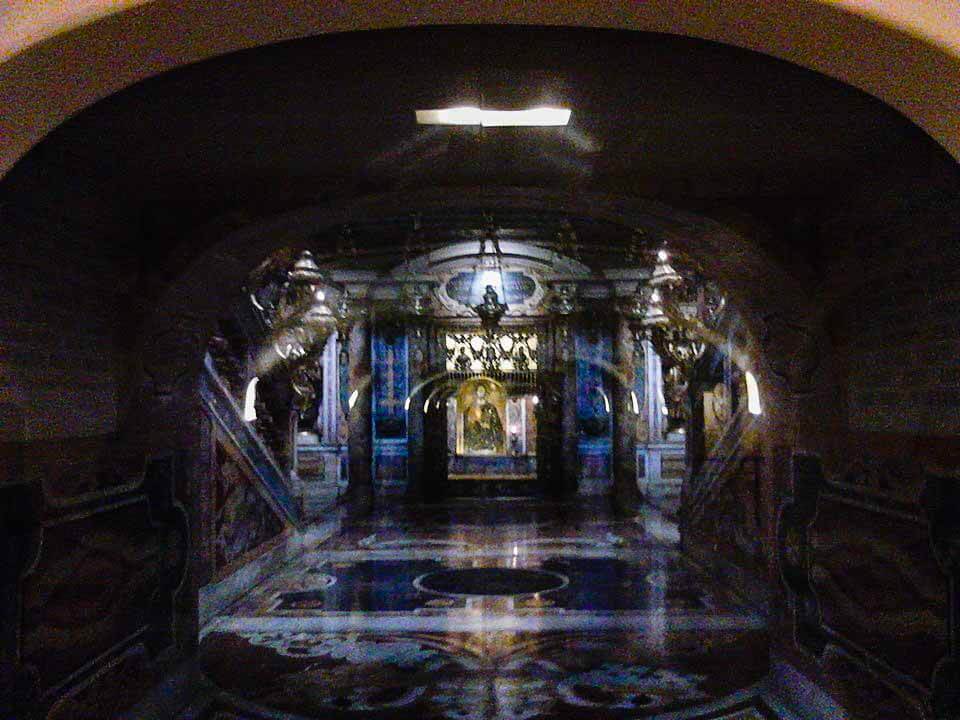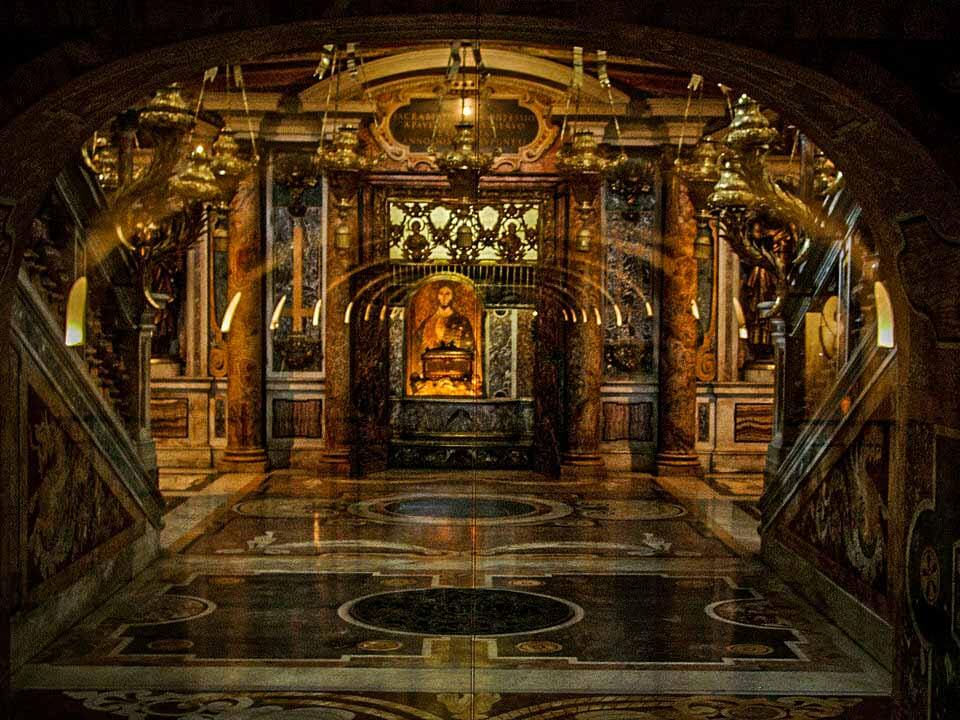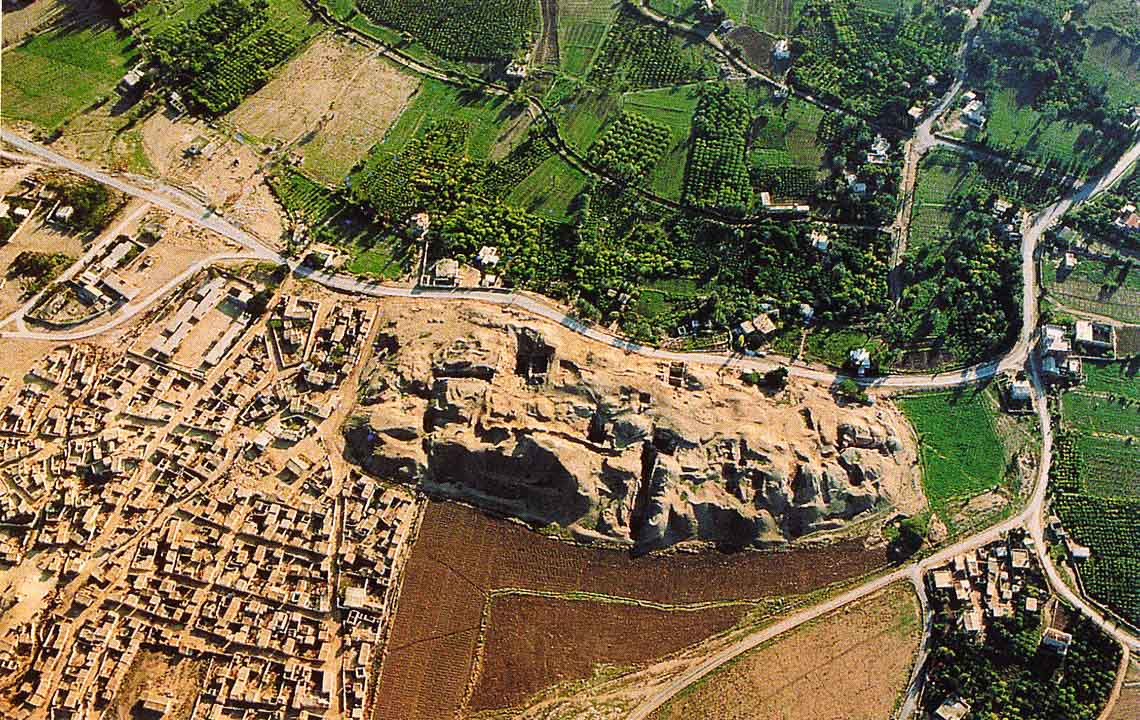Vatican City, Italy
Coordinates: 41.902600, 12.453400
Saint Peter’s رضي الله عنه tomb is a site under St. Peter’s Basilica that includes several graves and a structure said by Vatican authorities to have been built to memorialize the location of Saint Peter’s (Hz. Sam’un رضي الله عنه) grave.
Hz. Sam’un رضي الله عنه (Saint Peter) in Islam
Hz. Sam’un as-Safa رضي الله عنه (Simon Peter) known in Arabic as Shamoun as-Safa or Shamoun ibn Hammoun, was one of the original disciples of Hz. Isa عليه اسلام according to Muslim tradition and exegesis.
Although Hz. Isa’s عليه اسلام disciples have not played a major role in Islamic theology, the disciples of Hz. Isa عليه اسلام are notable in that they are the only group of disciples specifically identified in the Qur’an.
Hz. Sam’un رضي الله عنه figure is important as he is generally regarded as the successor of Hz. Isa عليه اسلام who led the faithful after the ascension to heaven of Hz. Isa عليه اسلام
He is considered in both Muslim and Christian tradition as the chief of disciples.
Quran on the Disciples
The Qur’an is clear on the fact that the disciples of Hz. Isa عليه اسلام were steadfast believers in Allah.
The Qur’an records that when Hz. Isa عليه اسلام began to feel the rejection of the Israelites, he asked the people as to who among them will be his supporters in preaching the true message of Allah.
It was then that the disciples stood up and asked Hz. Isa عليه اسلام to bear witness that they had submitted to Allah and further promised to stay by Hz. Isa عليه اسلام during his whole life.
The Qur’an further records that Allah inspired the disciples to believe in His message and messenger. It further recounts a feast from Heaven, which was a sign for the disciples of Jesus. Although the Quran does not name or number the disciples, Qur’anic exegesis names the disciples, and Peter is usually listed at the forefront of all lists, corresponding with his role as the head of the disciples.
One Incident of Hz. Sam’un رضي الله عنه
Numerous incidents involving Hz. Sam’un رضي الله عنه are narrated in Muslim tradition and tafsir.
The most famous of these is the narrative of Hz. Sam’un رضي الله عنه preaching in Antioch, which is closely linked with the legend of Hz. Habib an-Najjar (Habib the Carpenter).
Muslim tradition narrates that two of Hz. Isa’s عليه اسلام disciples went to preach the message of Allah in Antioch, the disciples being John and Jude, as the people of Antioch were devoted to idols.
Few people, however, followed John and Jude’s message, despite the fact that the two disciples performed various miracles including healing the sick and the blind.
The disciples healed Hz. Habib’s son and Hz. Habib رضي الله عنه helped preach the message of Allah to the people.
When the news of the disciples reached the governor of the city, he called to see John and Jude. As the governor did not agree with the message of Allah, he threw John and Jude into prison.
While they were in prison, Hz. Sam’un رضي الله عنه went to Antioch. He was allowed to perform a miracle in front of the governor, when he raised a child who had been dead for seven days.
The people however refused to believe his words and got angry at Hz. Habib رضي الله عنه for his faith and stoned him to death.
Non-Muslim sources maintains that Hz. Sam’un رضي الله عنه later went to Rome to preach the message of Allah.
Considered the successor of Prophet Isa عليه اسلام
It is said by some scholars that his role can be seen as being a successor of Prophet Isa عليه اسلام. Major Prophet had a Disciple or Wasi (وصي) (Executor-of-Will) who became the Imam (Leader) after his death: Hz. Adam عليه اسلام had Hz. Seth عليه اسلام; Hz. Nuh عليه اسلام had Hz. Shem عليه اسلام; Hz. Ibrahim عليه اسلام had his sons; Hz. Musa عليه اسلام had Hz. Yusha عليه اسلام; and Hz. Isa عليه اسلام had Hz. Peter رضي الله عنه
Note: Some of the information in this article comes from Christians sources.
Sites related to Christian traditions on this website are for information purpose only.
It is recommended not to visit these sites as a Muslim because, first the sources of these places comes from the christian sources which is dubious in some cases.
And most of the christian sites are decorated with frescos, paintings & things that go against the teachings of Islam.














